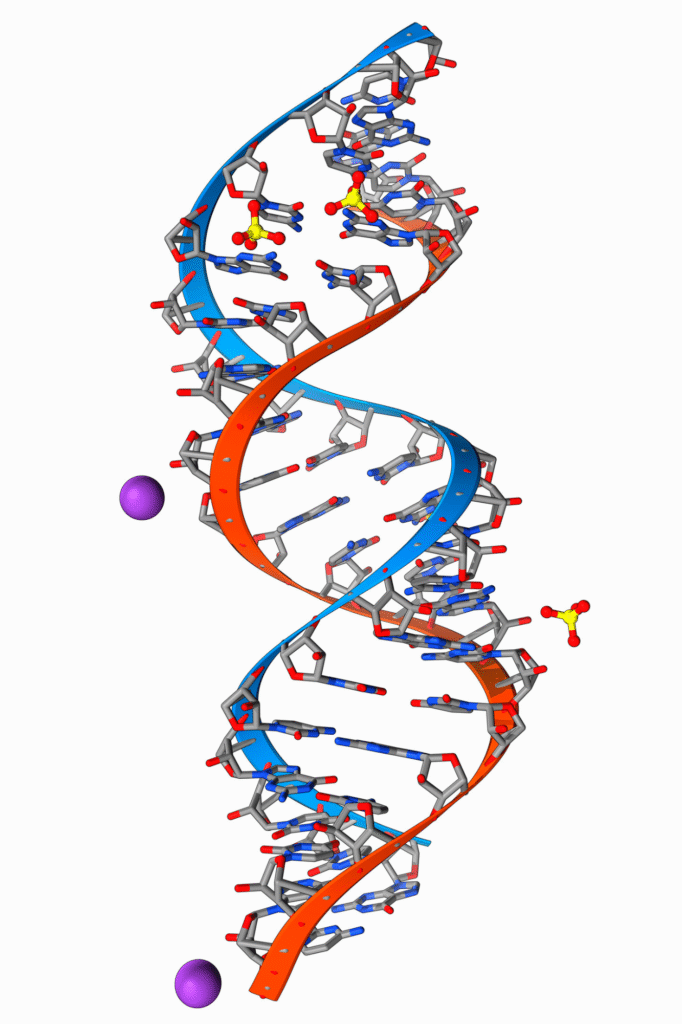Log Read Seq using Pacbio
What is Long Read Sequencing (PacBio)?
Long Read Sequencing with PacBio SMRT (Single Molecule, Real-Time) technology is a cutting-edge approach to sequencing DNA molecules in their full length. Unlike short-read technologies (like Illumina) that generate reads of 100–300 bp, PacBio long-read sequencing routinely produces reads of 10–25 kb, and in some cases, >50 kb.
This technology offers unparalleled advantages in genome assembly, structural variant detection, haplotype phasing, and resolving complex genomic regions.
Overview
Platform: PacBio Sequel IIe / Sequel II / RS II
Technology: SMRT (Single Molecule, Real-Time) Sequencing
Read Lengths: Average 15–25 kb; Maximum >100 kb
Key Strengths: Long reads, high accuracy (HiFi reads), structural variant detection, de novo assembly
How PacBio Long-Read Sequencing Works
High-Molecular-Weight DNA Extraction
Requires high-quality, long DNA molecules (10 kb+ preferred).SMRTbell Library Preparation
DNA fragments are ligated with hairpin adapters at both ends, forming circular SMRTbell templates.Real-Time Sequencing
DNA polymerase incorporates nucleotides in real-time within Zero-Mode Waveguides (ZMWs) — a proprietary nanowell technology that tracks base incorporation.Circular Consensus Sequencing (CCS)
The polymerase reads the circular template multiple times to produce a HiFi (High-Fidelity) read — extremely accurate long reads with >99.9% accuracy.Data Output & Analysis
Output includes raw subreads, consensus HiFi reads, and detailed information on structural variations and base modifications.
Applications of PacBio Long-Read Sequencing
De Novo Genome Assembly
Produces complete, contiguous assemblies without gaps.Structural Variant Detection
Detects large insertions, deletions, inversions, duplications, and translocations.Full-Length Transcript Sequencing (Iso-Seq)
Captures complete mRNA isoforms without assembly.Haplotype Phasing
Resolves maternal vs. paternal alleles in diploid genomes.Repeat Resolution
Efficiently spans long repeat regions and complex genomic loci.Microbial and Metagenome Assembly
Resolves entire bacterial chromosomes or plasmids with fewer contigs.
Key Features of PacBio Long Read Sequencing
| Feature | Description |
|---|---|
| Long Reads | Span kilobase-scale regions, enabling gap-free assembly |
| HiFi Reads | Combines long read lengths with >99.9% base accuracy |
| Native DNA Sequencing | Detects base modifications like methylation without chemical conversion |
| Single-Molecule Resolution | Captures individual DNA molecule reads without PCR amplification |
| Uniform Coverage | No GC-bias or coverage dropouts |
Advantages of PacBio Long Read Sequencing
Superior Genome Assembly
Resolves complex genomic architectures and repetitive regions.High Accuracy with HiFi Reads
Offers both long read length and Illumina-like base-level precision.Structural Variant Detection
Ideal for finding large SVs that short reads miss.Minimal Bias
No PCR amplification reduces bias across GC-rich or repetitive regions.Phasing and Methylation
Simultaneously captures epigenetic marks and distinguishes haplotypes.
Limitations and Considerations
High-Quality Input DNA Required
Fragmented or degraded DNA reduces read length.Higher Cost Per Gb
More expensive than short-read technologies, though more informative.Lower Read Count per Run
Fewer total reads compared to high-throughput short-read platforms.Complex Library Preparation
Requires precision and care, especially for ultra-long reads.
Bioinformatics Tools for PacBio Long Reads
SMRT Link – PacBio’s official suite for data analysis (base calling, mapping, variant calling)
Canu / HiCanu – De novo genome assembly tailored for long reads
Flye – Fast, efficient long-read genome assembler
hifiasm – Specialized assembler for HiFi reads
pbsv – PacBio tool for structural variant calling
DeepVariant – Google’s variant caller adapted for PacBio HiFi data
Long Ranger / WhatsHap – Phasing and variant calling tools
Who Uses PacBio Long Read Sequencing?
Genome Researchers – Building complete genome assemblies for humans, plants, animals, microbes
Cancer Genomics Labs – Identifying structural variants, fusions, and complex mutations
Evolutionary Biologists – Phasing genomes and analyzing genetic diversity
Agrigenomics Teams – Sequencing crops and livestock genomes for breeding research
Microbiologists – Assembling complete genomes from environmental samples
Comparison: PacBio vs Other Sequencing Platforms
| Technology | Read Length | Accuracy | Use Cases |
|---|---|---|---|
| Illumina | 150–300 bp | >99.9% (short) | Expression, SNP detection, WGS |
| PacBio (HiFi) | 10–25 kb (HiFi) | >99.9% (HiFi) | Isoform discovery, genome assembly, SVs |
| Oxford Nanopore | 10–100 kb+ | ~95–98% (raw) | Ultra-long reads, real-time sequencing |

